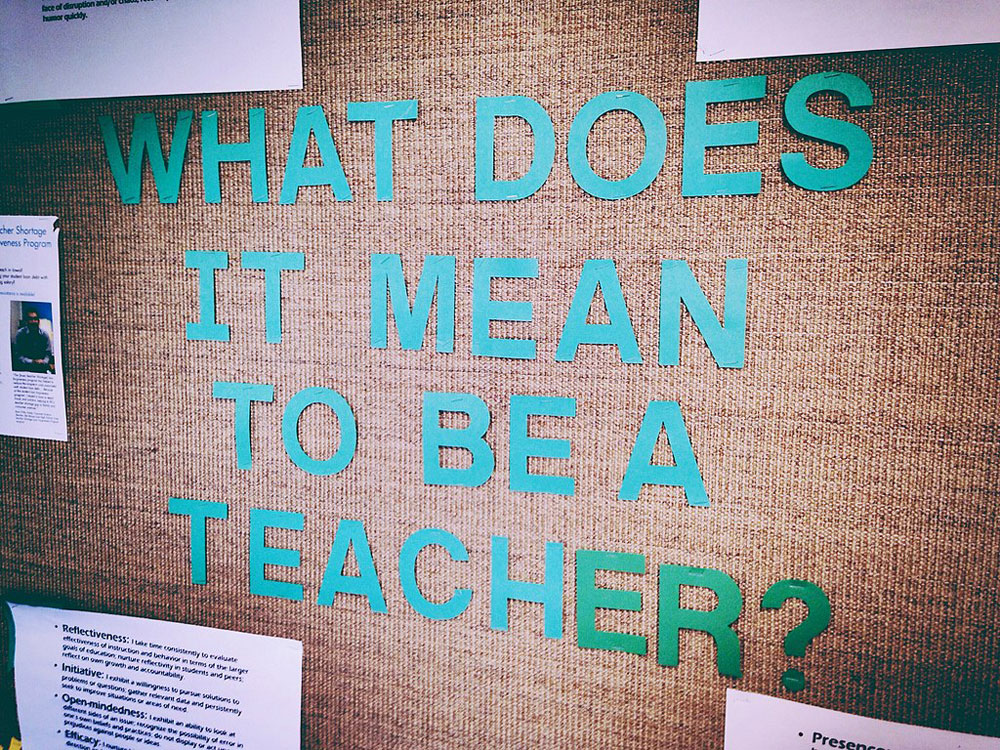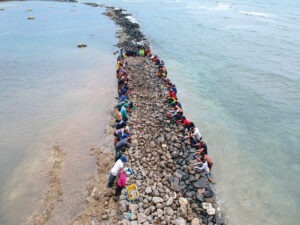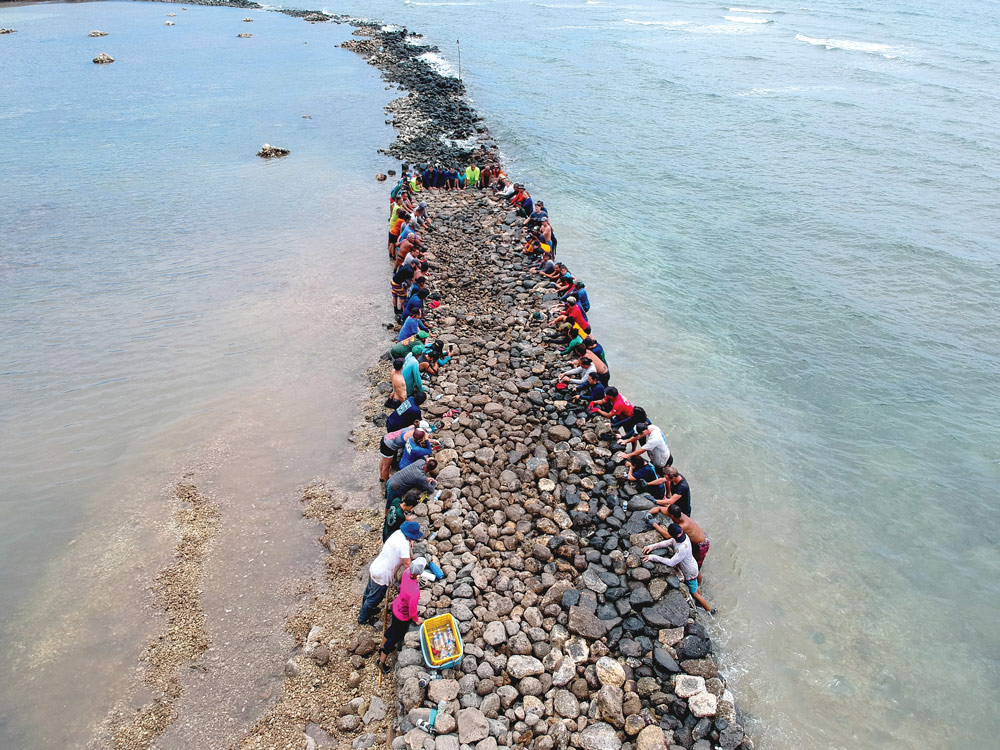
October 20, 2020; Washington Post, Voice of San Diego, and the 9&10 News
Schools have been a focal point for our nation’s reckoning with COVID-19, as leadership is forced to juggle conflicting responsibilities. A quality education is the bedrock upon which our children’s futures rest. Many schools serve as critical locations for a range of broader services to be provided to their communities. For many parents, their ability to continue to work depends on children being able to attend school. Balancing all of these against protecting the health of children, employees, and communities has been difficult and often controversial.
As we move deeper into the school year, pressure to somehow get children back into classrooms has risen. Though schools have tried their hardest, it’s clear that too many children have been ill served by remote learning. Parents have struggled to adjust their lives to support at-home education. Most importantly, the harm from school closures is visited most on BIPOC and low-income students, along with those who need supportive services.
Furthermore, a way forward many teachers trust will protect their lives and health has yet to be found. As the Washington Post reported as this school year began, “Teachers felt caught in the middle, wanting to return to their profession but worried that their safety was not a top priority. Some chose to leave their jobs rather than risk their health or that of their families.” One teacher put this fear into very personal terms in comments reported by the Verge:
I’m one of those teachers that gets sick anytime a kid gets sick. I’m not immunocompromised, but I do catch what the kids bring. I get the flu like every other year. So, it’s just a lot on my mind of trying to be like, “Oh yeah, I’m excited for this school year,” which I am. But also, I don’t want to get sick; I don’t want any of my students to get sick. I don’t want any of my colleagues to get sick and die.
Two months later, many districts have not been able to meet this challenge. Teachers are choosing to leave rather than trust that their lives and health have been adequately protected. Justin Wing, representing the Arizona School Personnel Administrators Association, describes how the inability to ensure personnel safety has affected his state’s schools:
Sign up for our free newsletters
Subscribe to NPQ's newsletters to have our top stories delivered directly to your inbox.
By signing up, you agree to our privacy policy and terms of use, and to receive messages from NPQ and our partners.
In the first month of this school year, more than 300 teachers either quit, retired, took a leave of absence or went on sabbatical. COVID-19 has compounded the severe teacher shortage issue. About 25 percent of our teacher vacancies remain unfilled as schools have to leverage other means in order to have teaching going on in the classroom. Schools are now scrambling to find subs, teacher aids and other qualified instructors, which isn’t easy, since many part time educators are opting to avoid teaching and going into classrooms because of concerns about their health.
In San Diego, the school district’s plan to return to in-school education was “designed to even the playing field for students who aren’t doing well in distance learning” and “meant to include in-person services for special education students, as well as those who have fallen behind academically.” But in many of their schools, too many school personnel do not feel safe and are choosing to not return to work. The Voice cited a local principal who has seen the impact of teacher shortages again falling disproportionately.
“Another principal brought up the dilemma that students in poorer areas of the city are most likely to need in-person services, but those parts of the city have also been hit harder by the virus. Thus, there might be less teachers willing to return in those areas…There is a significant mismatch at my site between students needing services and staff willing to teach in person. What is the equity response to this dilemma?”
Even in schools where there is sufficient staff willing to return, there is often a shortage of a reserve corps that can step in when teachers must go into quarantine. Michigan’s 9&10 News reported on schools forced to close due to shortages. “Today, we closed because we didn’t have enough grownups in the building,” Morely Stanwood Superintendent Roger Cole said last week. “Replacing one, or two or three isn’t bad, but replacing 10, that doesn’t work.”
Doug Pratt with the Michigan Education Association connected the difficult situation before the pandemic to these immediate challenges. “This is a problem both in the pandemic and in the long term. We need to respect our educators; we need to listen to their expertise, and we need to make sure we’re putting everybody’s health and safety first and foremost.”
Two months into the school year, we now know that when teachers and other school staff continue to face an impossible choice between their health and that of their families or giving their students the best education they can provide, schools cannot stay open, and children suffer. Not to be forgotten in this moment is the lack of an effective federal policy backed with the funding necessary to allow schools to adapt as needed. The educational losses of students will be hard to remediate. Teachers driven out of schools by fear of illness will only worsen the already critical shortage of skilled and experienced teachers and lead to further harm.—Martin Levine












